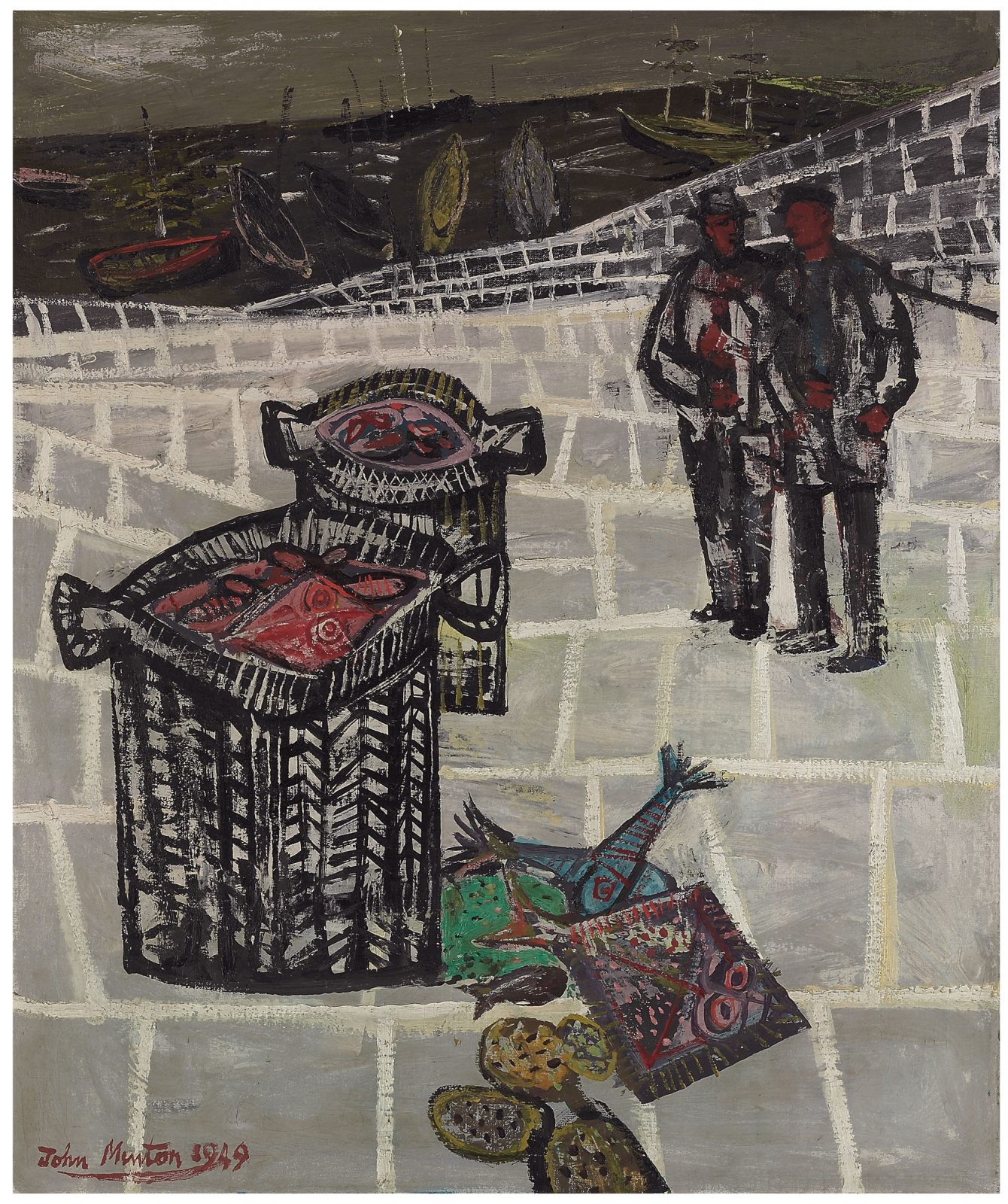The Ingram Collection will showcase the works of John Minton and his contemporaries in a new exhibition at The Lightbox to mark the centenary of Minton’s birth.
The exhibition will explore the works of John Minton and his contemporaries in the Neo-Romantic movement of the 1930s and 1940s. Reflecting on the effects of the Second World War, the Neo-Romantics were dealing with the psychological consequences felt across the country: destruction of homes and cities, emotional loss, and national feelings of paranoia and threat. Their paintings included intense and moody landscapes, lonely figures, and sombre, abstract British scenes.
While they were inspired by nineteenth century Romantic visionaries such as William Blake and Samuel Palmer, their style was also influenced by European trends in Modern Art such as Expressionism, Surrealism and Abstraction. This meeting of international and home-grown influences created a movement that looked both backwards to the Romantic tradition of painting landscapes of the British Isles, and forwards to a more modern representation of nature.
A key figure in Neo-Romanticism in the 1940s, John Minton’s main theme was the young male figure in emotionally charged scenes. Having been discharged from the army in 1943 for medical reasons, Minton devoted himself to art, in particular painting and illustration. He was known as a bohemian artist, an inspirational teacher at Camberwell College of Art and the Royal College of Art, and a generous, charming man. However, he suffered from mental health issues and self-doubt, eventually taking his own life in 1957, aged 39.
28 January 2017 – 9 March 2017
£5 Annual Pass | Under 18s Free

